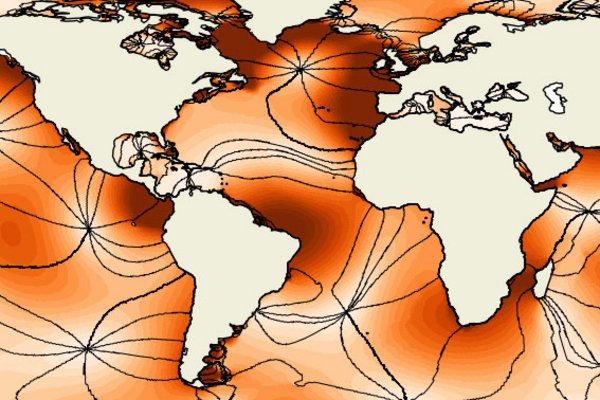
Towards resolving internal tides in the ocean
In a recent publication, Prof. Jin-Song von Storch together with other scientists showed that the ocean component of the ICON model is able to…

Collaborative hacking: Max Planck Institute for Meteorology hosts the largest hackathon for Earth system modeling
From March 4 to 8, the Max Planck Institute for Meteorology will be hosting a hackathon for intensive hacking, bug-finding, bug-fixing and lots of…
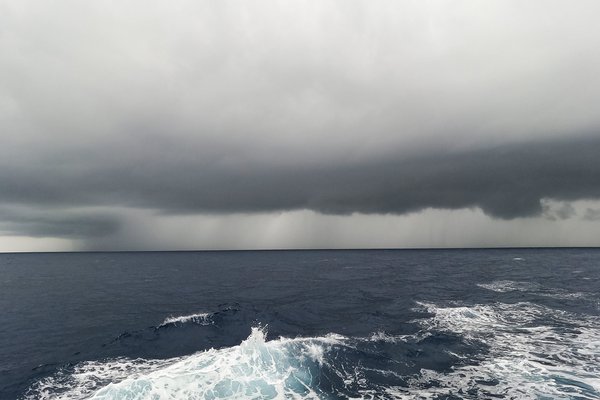
Cloud Clustering Causes More Extreme Rain
New climate model shows more extreme rainfall in the tropics with increased temperatures.

Testing mechanisms of wave generation in the lower stratosphere using superpressure balloons
Dr. Laura Köhler and Dr. Claudia Stephan from the Max Planck Institute for Meteorology together with their colleague Brian Green, Postdoc at Stanford…
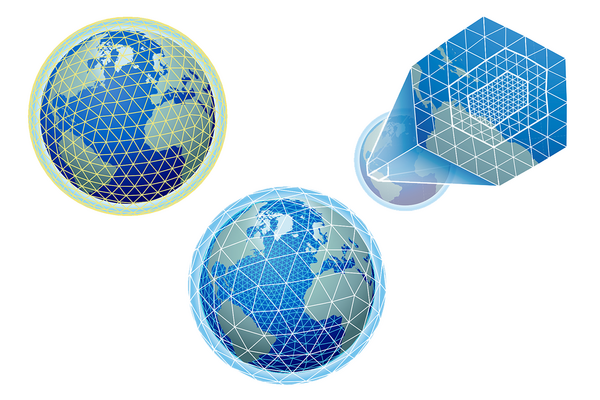
The first release of ICON-Sapphire, targeting simulations of the Earth System at kilometer scale
Do thunderstorms in the atmosphere affect the meandering of ocean currents? What is the effect of ocean eddies on the carbon budget? Investigating…
![[Translate to English:] Original NASA Blue Marble photo left, visualization right. Credit: MPI-M, DKRZ, NVIDIA](/fileadmin/_processed_/0/b/csm_T_Blue_Marble_80a4131a99.jpg)
Revisiting the Blue Marble: ICON simulating the coupled climate system at 1 km
The early 1970s is often associated with the birth of the modern environmental movement. In 1970 the first Earth day was celebrated, and Greenpeace…
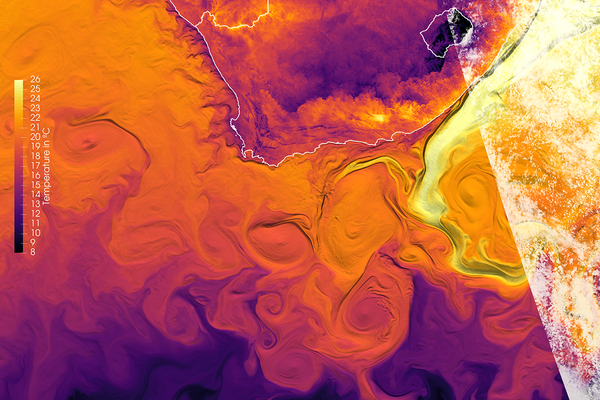
Technical milestone reached: global Earth system simulations with 1.2 km resolution
The Max Planck Institute for Meteorology (MPI-M) has opened a new chapter in Earth System Modelling that has been a dream for climate scientists and…
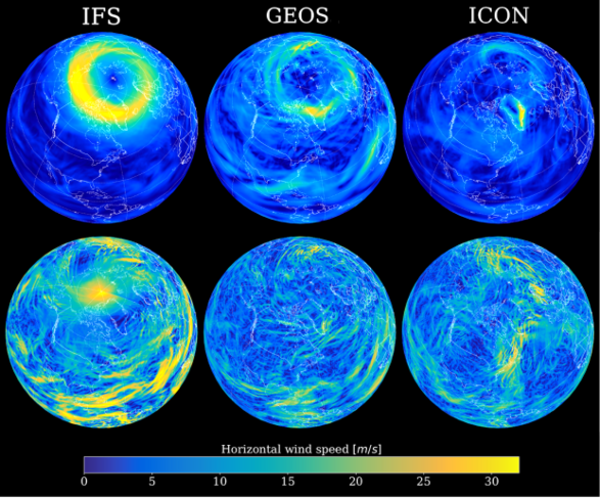
Atmospheric energy spectra in global kilometre-scale models
Dr. Claudia Stephan (Max Planck Institute for Meteorology) and her colleagues Dr. Julia Duras, Dr. Lucas Harris, Dr. Daniel Klocke, Dr. William M.…

The first version of the ICON Earth System Model
A team of researchers around Dr. Johann Jungclaus from the Max Planck Institute for Meteorology (MPI-M) has published a paper in the Journal of…
![[Translate to English:] [Translate to English:]](/fileadmin/_processed_/6/0/csm_T_video_Curiosity_Meets_Discovery_a73fe74a3e.jpg)
Curiosity Meets Discovery
It was our turn on 16 December 2021, and Prof. Bjorn Stevens held a talk about “Understanding Climate Science”.
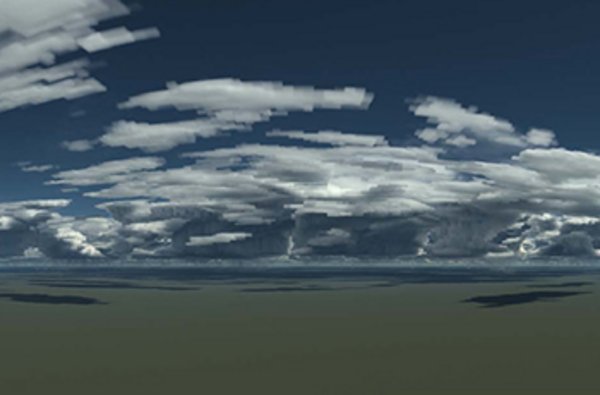
The added value of hecto and kilometer scales for climate simulation
A new study by Bjorn Stevens et al. in the Journal of the Meteorological Society of Japan describes the added value of kilometer (convective storm…
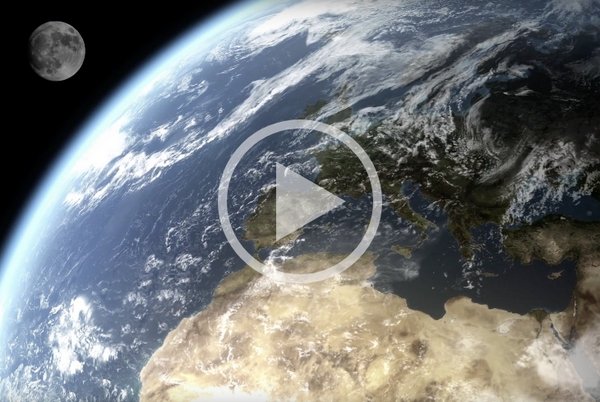
The importance of global high-resolution climate and weather simulations – ESiWACE
Both scientists from climate and weather science and experts in the field of high performance computing (HPC) are featured in the film.

